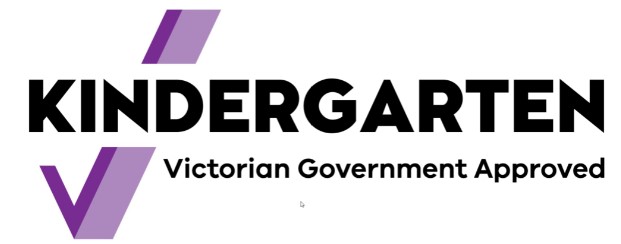The Importance of Promoting Cultural Diversity in Kindergarten
04 December 2020The idea of diversity takes different structures and is incorporated into numerous parts of our life. From religion, sexual orientation, culture, family structures, and actual capacities, we are each brought into this world comprised of numerous diversity. For quite a long time, we have imagined that kids will naturally frame uplifting viewpoints about the diversity we each pass if we don’t discuss those diversity. Nonetheless, research has indicated that advocating and exposing kids to diversity requires dynamic advancement.
Various examinations have indicated that infants as young as six months can arrange individuals by both sexual orientation and race. By two years, little children utilize their acknowledgment of competition to reason about individuals’ practices. During toddlerhood, kids notice and reason about contrasts, yet, don’t follow up on noticed contrasts. Notwithstanding, by age five, kids express inclinations for their race. It is through everyday interactions and perceptions of others’ verbal and nonverbal practices that small kids issue meaning to race, culture and other types of diversity. By the late preschool years, such understandings inform conduct.
The following is the importance of promoting cultural diversity in kindergarten.
Less Exposure to Cultural Diversity Increases Possibility of Prejudice
In less different conditions, less introduction to diversity brings about fewer discussions and, in turn, gives more space to bias. Individuals will in general expect that inclusion alone is enough. Nonetheless, it is the dynamic discussion that contribute greatly to kids’ understanding of diversity. From the earliest starting point of life, we as a whole get messages through TV, PC games, music and books. Promoting cultural diversity cultivates presentation and later discussions about contrasts, diversity and, as the youngster create, an ability to be self-aware.
Promoting Cultural Diversity Benefits Children, Teachers and Parents Alike
Secure connections among instructors and youngsters give a trusting climate where kids are upheld to develop and master, including learning about similarities and contrasts in one another and their networks. For educators, top-notch trusting associations with partners and managers give a protected climate wherein instructors may feel engaged to get mindful of their certain inclinations. In turn, mindfulness enables us to see when the inclination is informing our view of and interactions with others and to find a way to change our recognitions and interactions. Connections are likewise significant among guardians and experts.
Promoting cultural diversity has a method of providing a welcoming sense to guardians from different family structures and foundations. This takes into consideration more noteworthy trust and correspondence among guardians and professionals as they pursue supporting advancement for the kid. Promoting cultural diversity is a perspective that is deciphered by the two guardians’ and educators’ activities and language.
By promoting cultural diversity instructors have occasions to help kids as they begin to see and grasp contrasts among themselves and others. By not talking about ethnic-minority kids or those considered in the majority, we take into account advancement of negative suppositions, which are continually influenced by the media. With the incorporation of cultural diversity in youth programs, we can battle these feelings of doubt stemming from differences as they have occasions to find out about one another.

